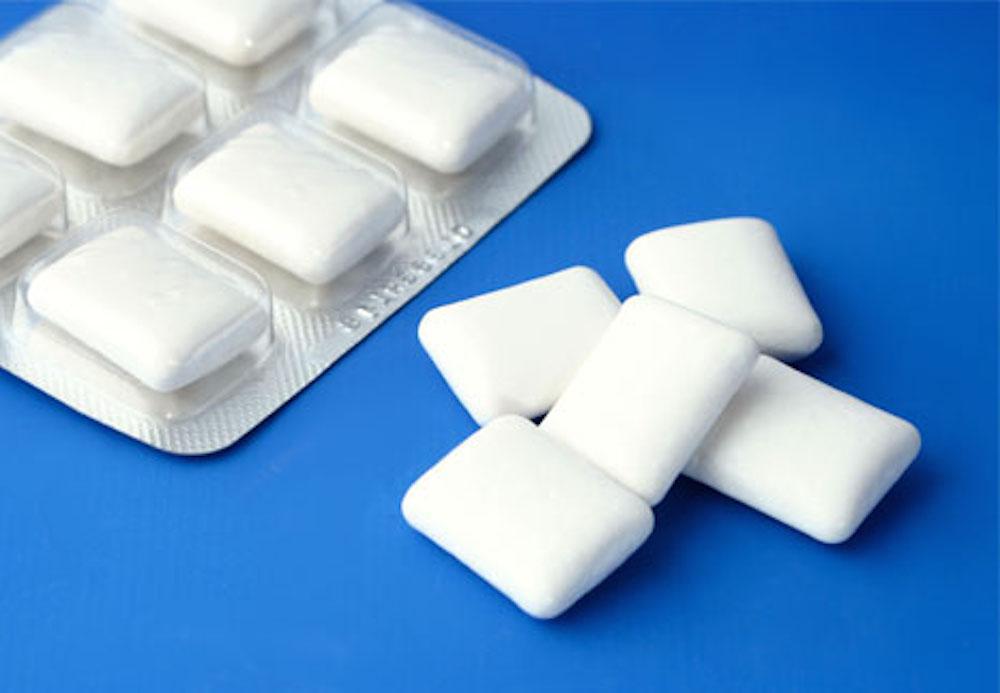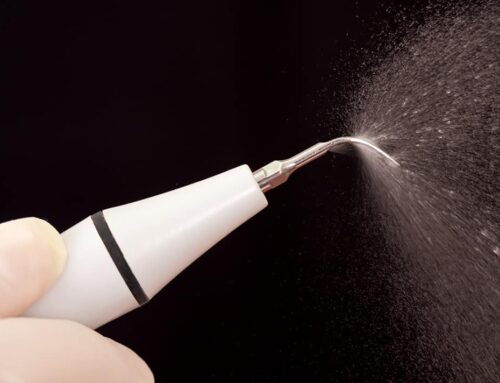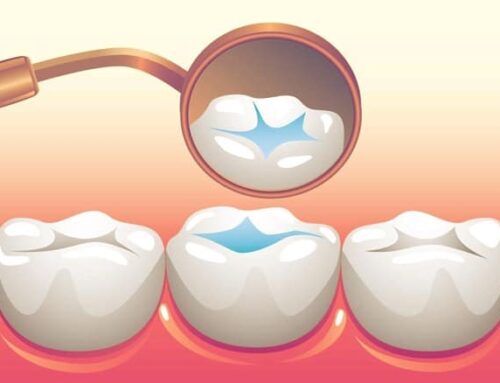It is no huge secret as to why gum chewers tend to have better dental checkups. Chewing gum after a meal helps breakdown acids and bacteria that foods leave behind. In the long run, gum reduces plaque build-up on teeth. John Patterson, DMD knows the advantage that gum chewing can bring to his patients. However, just remember that gum chewing never takes the place of brushing or flossing your teeth regularly.
You may be wondering if all gum is equal. Actually, it is not. Sugarless gum is the only gum that is ADA approved to help prevent cavities and to break down acid and plaque causing bacteria in your mouth. On the other hand, gum that contains sugar can increase bacteria in your mouth and cause plaque.
How does it work? When you chew gum after a meal, you step up cavity prevention a notch or two. The increase of saliva slowly washes away the acids and bacteria left behind after meals. Over time acid can break down the enamel on your teeth, creating the perfect storm for cavities to develop.
Before you start chewing gum on a regular basis, you may want to check with your dentist to make sure it will not hinder your orthodontics or dentures in anyway. According to the Department of Oral Medicine and Oral Surgery in New Zealand, gum chewing is highly recommended.
“It was concluded that low-tack, sugar-free chewing gum can be used by orthodontic patients to increase saliva flow, with the potential to promote remineralization and help reduce white spot lesion formation related to fixed orthodontic appliances.” (Aust Dent J. 1996 Dec;41(6):373-6.)
Chewing gum reduces plaque build-up on teeth, and patients are pleased that they can utilize the benefit as part of their total dental and oral care program. If you would like more information on how to keep your gums and teeth healthy, give Dr. John Patterson a call at 480-280-6170 today!






